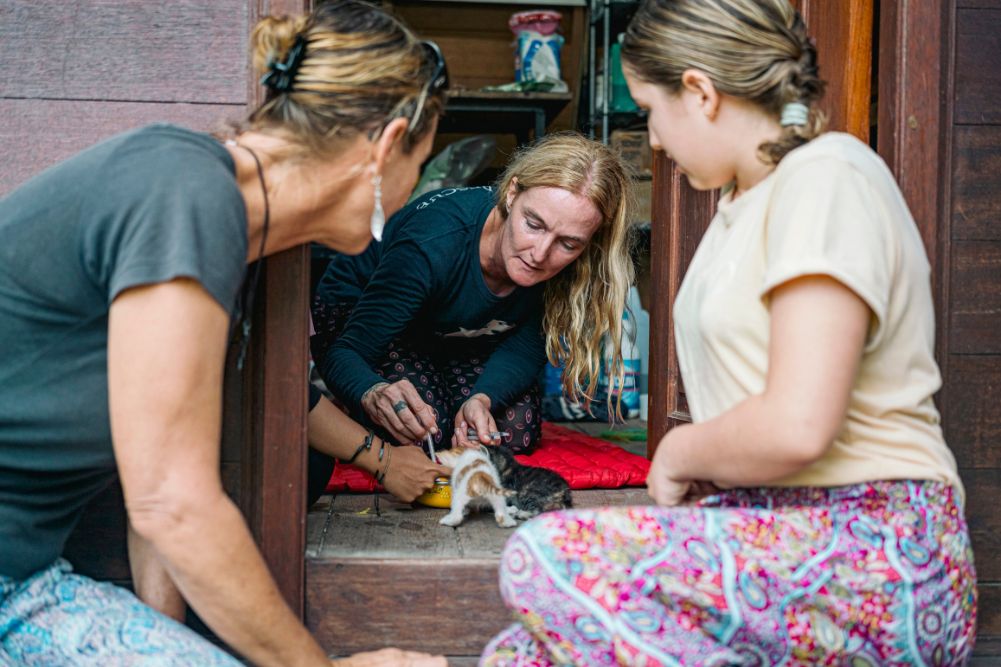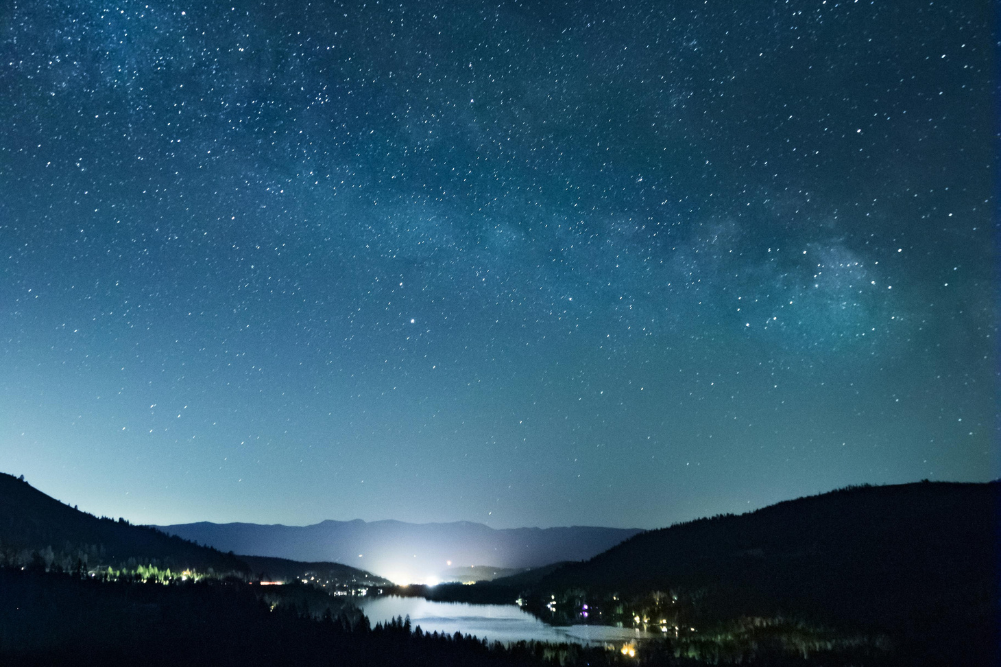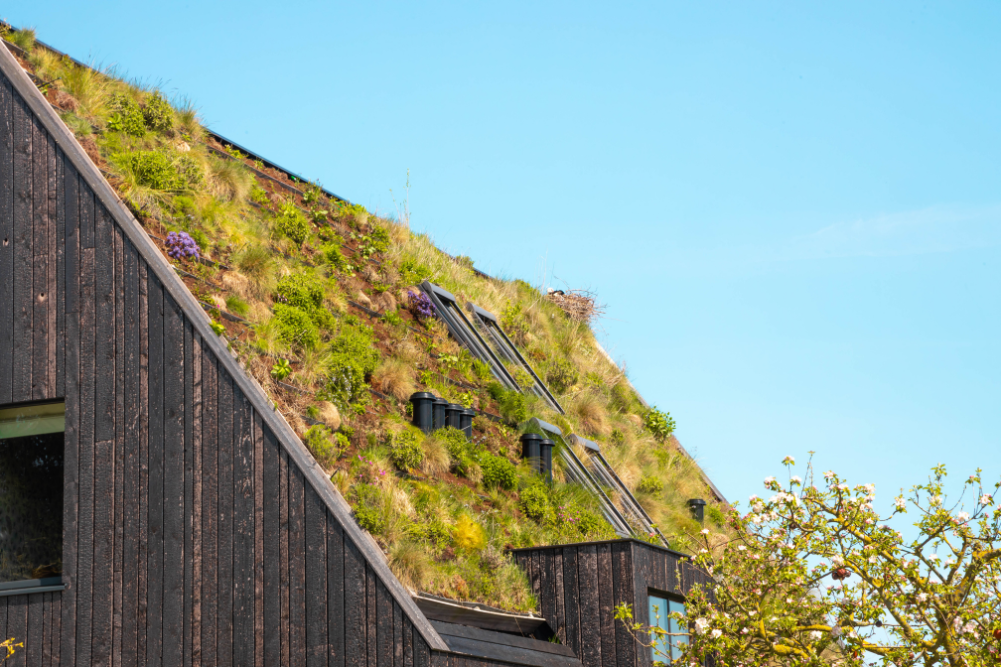Can a seafood diet ever really be sustainable? We take a look
Global seafood consumption has quadrupled over the past 50 years and interest in Mediterranean diet fish choices has grown. But which types of seafood are sustainable and how can you be certain? We take a look.
Which types of Mediterranean diet? This is a question that is preoccupying a growing number of consumers. Over the years, interest in environmentally conscious fish choices has grown, and the sector is now big business. Restaurants, including some in Australia and New Zealand, are now advertising themselves as avoiding serving endangered marine species in favour of better choices.
In terms of big-picture trends, global seafood consumption has quadrupled over the past 50 years. While part of this can be explained by population growth, the average person now eats nearly twice as much seafood as five decades ago.
In Australia, the Heart Foundation recommends two to three serves of fish per week, including oily fish such as salmon, sardines and pilchards. In affluent countries with more food choices, fish is acknowledged for being, on the whole, healthier than meat, and is an important part of the Mediterranean diet. This is reflected in shifting consumer behaviour.
The depressing conclusions of a 2006 Canadian study were that, following existing trends, by 2048 there would be no more wild fish left in the sea. Another 2020 study by academics from Germany, Canada and Australia looked at global fish stocks between 1950 and 2014, and found that, for 82 per cent of more than 1300 species studied, the numbers were in a state of depletion. The recommended solutions include “well-enforced and sizeable no-take marine protected areas.”
Possible responses to this pressing challenge include avoiding seafood entirely, substantially reducing consumption or going for a responsible wild-caught option. Another potential solution could be found in the field of aquaculture fish farming. Fast-growing, this now represents about half of the total global seafood supply, and is expected to grow to nearly two thirds by 2030. However, aquaculture can have some environmental shortcomings.
One problem with wild fishing is by-catch, a term for the capture of non-target species that can sometimes be endangered. Some of this can be avoided via the use of by-catch reduction devices that either exclude some affected species, or which allow them to escape.
Endangered species and marine parks
Marine parks play a vital role in supporting wild fish populations, especially where fishing is banned or restricted. These areas represent sanctuary zones where fish can breed up their numbers undisturbed. At the 2016 International Union for the Conservation of Nature (IUCN) World Conservation Congress, a target was set for countries to strongly protect 30 per cent of the world’s oceans by 2030. For New Zealand the figure is 10 per cent.
The average person now eats nearly twice as much seafood as five decades ago.
Until recently, Australia had 36 per cent of its ocean area in highly protected marine parks. However, over the past few years it has downgraded the protection status of several of its marine conservation areas. Judging from public statements, the economic interests of the fishing industry seem to be uppermost in the government’s mind. This removal of conservation protection is opposed by many marine scientists. A statement drafted by the Ocean Science Council of Australia has attracted 1470 such signatures from Australia and overseas and is open to support from more academics in this field.
While shark finning is illegal in Australia and New Zealand, the removal of shark fins is permitted in Australia if the shark has been taken as by-catch. As a result, scalloped hammerhead sharks are being finned as by-catch despite being regarded as “critically endangered” by the IUCN. This is occurring in Australia’s northern and northeastern waters, including inside the Great Barrier Reef Marine Park.
Australia’s policies governing the scalloped hammerhead come under the national environmental laws, in the form of the Environment Protection and Biodiversity Conservation Act. At the time of writing, this is subject to a once-in-a-decade review. Other endangered marine species that come under this protection legislation are the blue warehou and eastern gemfish.
Sustainability accreditations
By far the most well-recognised international third-party sustainability accreditation for seafood is the Marine Stewardship Council (MSC.) This was founded in 1996 by the World Wide Fund for Nature (WWF) and the multinational Unilever, and later became independent. It targets a range of good environmental practices, and some studies have found it facilitating positive outcomes. The recognisable MSC blue fish logo is now found on over 30,000 products worldwide.
Over the years, however, the MSC has become embroiled in a number of certification controversies in different parts of the world, where decisions to certify particular fisheries have come under criticism from conservation groups. In Australia, WWF and the Australian Marine Conservation Society (AMCS) are disputing MSC plans to certify the orange roughy as sustainable at a time when it is on the list of Australia’s threatened species. Sometimes these controversies have been successfully resolved by tightening the certification requirements.
A second ocean-friendly certification system is run by Friend of the Sea, based in Italy. This extends to a range of sometimes surprising products and services that include shipping, whale watching and sunscreen.
Among canned fish brands, Fish4Ever stands out, and is a guarantee of environmentally sound practices, with an orientation towards small-scale and artisan fisheries. Its land ingredients are all organic. With sustainability a key selling point, one downside is that its boutique prices are well above the supermarket average. This points to a dilemma that shadows all companies pursuing sustainability aspirations when catering for a large population; if vastly greater numbers of consumers bought their products, they would have difficulty in meeting demand without diluting their standards. Fish4Ever products are available in Australia and New Zealand, as well as many other countries.
Sustainable seafood and the consumer
Australia has its own responsible seafood guide, GoodFish, which is produced by AMCS. This comes in online and app versions, with the app downloadable for free from Apple’s App Store and Google Play. It uses a “traffic light” rating system, where green means “Better choice”, orange signifies “Eat less” and red is advice to “Avoid”. Different ratings are often given to the same fish species caught by different Australian fisheries, and there are also rating differences between domestic and imported. The guide has been expanded to incorporate a list of seafood restaurants that choose their fish using eco criteria. Sustainable Seafood Week Australia runs every year, and in 2021 it will be on from 8 to 14 March.
New Zealand’s equivalent resource is the Best Fish Guide, produced by the group Forest & Bird. However, this is out of date, and was last updated in 2017. Confusingly, another Best Fish Guide website is run by the New Zealand seafood industry and promotes its own product rather than being a sustainability guide as such.
Australian and New Zealand seafood is environmentally preferable to imports, which tend to be associated with higher levels of pharmaceuticals and chemicals, and which can be tied to human rights abuses and land conflicts.
In both Australia and New Zealand, the country of origin for seafood must be provided in retail settings, but in food service businesses such as restaurants there may be a lack of information about both the species and its origin. Here the answer is to break through the embarrassment barrier and to ask questions, cross-referencing with a sustainability guide if possible.
Many Australians and New Zealanders would prefer to support their domestic seafood industries. However, in the case of Australia about 70 per cent of the seafood is imported, and much of this comes from Asia. As a rule, Australian and New Zealand seafood is environmentally preferable to imports, which tend to be associated with higher levels of pharmaceuticals and chemicals, and which can be tied to human rights abuses and land conflicts. Slavery is a risk with imported prawns, barramundi and canned tuna.
One particular issue is the flake (shark) sold in fish and chip shops in Australia and New Zealand. This is typically sourced from Australian school shark, which was listed by the IUCN as “critically endangered” in July 2020. Australia classes it as “conservation dependent”, which allows it to be commercially used. While it cannot be targeted, it is permitted to be caught as by-catch, mostly in the gummy shark fishing operations of the Southern and Eastern Scalefish and Shark Fishery. A 2018 study identified a 74 to 92 per cent drop in the numbers of large sharks in Queensland waters between 1962 and 2016.
Fish oil is a good source of omega-3 oils, but unlike vegetable sources such as flaxseed oil it also contains docosahexaenoic acid (DHA), which is good for the brain. Another way to obtain fish oil, and probably a better environmental outcome, is to eat oily fish instead. While fish oil production is frequently unsustainable, certified fish oil is available, and some fish-free DHA supplements are available that are sourced from algae. Krill oil and cod liver oil have both prompted sustainability concerns but are available in certified form. The purchase of fishmeal as a garden fertiliser ingredient should be reconsidered, especially given that alternatives are available that do not add pressure to the oceans.
Another direction that receives limited media attention is to consume less seafood. A new initiative is called Fish Free February and was the idea of marine biologist Simon Hilbourne from a group known as the Manta Trust. The idea behind this event is that too much seafood is being consumed, and the only solution is to reduce consumption in order to limit impact on the world’s oceans. Participating in Fish Free February means avoiding fish during that month, and for the rest of the year to eat less and look for sustainable options and third-party certifications.
Evaluating aquaculture
Aquaculture, the farming of fish and other marine life by humans, has both good and bad sides. Best-practice systems recirculate water, and if it is reused in a closed loop the environmental benefits are maximised. Integrated multi-trophic aquaculture is a type of marine permaculture involving secondary species such as shellfish and seaweed that utilise waste products generated by the system.
To help track down good environmental choices, a body called the Aquaculture Stewardship Council (ASC) was established in 2010, as a sister group to the MSC. It covers many different aspects of aquaculture farming and uses a green fish and tick logo.
While there has been little public criticism of the ASC, its certification allows case-by-case exemptions to the rules (“variances”), that once used can be reapplied. A coalition of Canadian environmental groups called SeaChoice has raised concerns about this practice in relation to salmon farming.
A pivotal issue in aquaculture is the quantity of feed used to raise fish. Much of this is in the form of fishmeal and fish oil, which represents nearly a fifth of the global fish harvest. Feed is often measured according to the “fish in: fish out” ratio. Where this figure drops below one the industry becomes a net producer of fish rather than a net consumer. More sustainable fish feed alternatives include algae and insect protein, while at the other end of the scale is soya feed that may be linked to deforestation in South America and may be genetically modified.
Being an activist
Several ocean-related groups are active in Australia and New Zealand. In addition to AMCS, these include Save Our Marine Life in Australia and Live Ocean in New Zealand. Others working globally include the Blue Planet Society, an online group that campaigns against overfishing and other threats to marine life. Oceana is a global network that wants to see the oceans regenerated and supports the sustainable harvesting of fish. Sea Shepherd is strongly direct-action-oriented and has been mostly focused on challenging Japanese whaling.
Into the future, a decision may need to be made between two directions: advocating for sustainable fish purchases via AMCS and Oceana on one hand, and on the other, initiatives such as Fish Free February that favour combining responsible choices with a personal commitment to cut intake. In making a choice, it is worth keeping in mind the 2048 vision of empty oceans, often-deficient government regulation, and the unavoidable fact that the majority of the world’s population does not choose its seafood using a sustainability guide.
Resources
Australian Marine Conservation Society
marineconservation.org.au
Save Our Marine Life (Australia)
saveourmarinelife.org.au
Live Ocean (New Zealand)
liveocean.com
Fish4Ever
fish4ever.blog
GoodFish Sustainable Seafood Guide (Australia)
goodfish.org.au
Best Fish Guide (New Zealand)
bestfishguide.org.nz
Marine Stewardship Council
msc.org
Aquaculture Stewardship Council
asc-aqua.org
Fish Free February
fishfreefebruary.com








